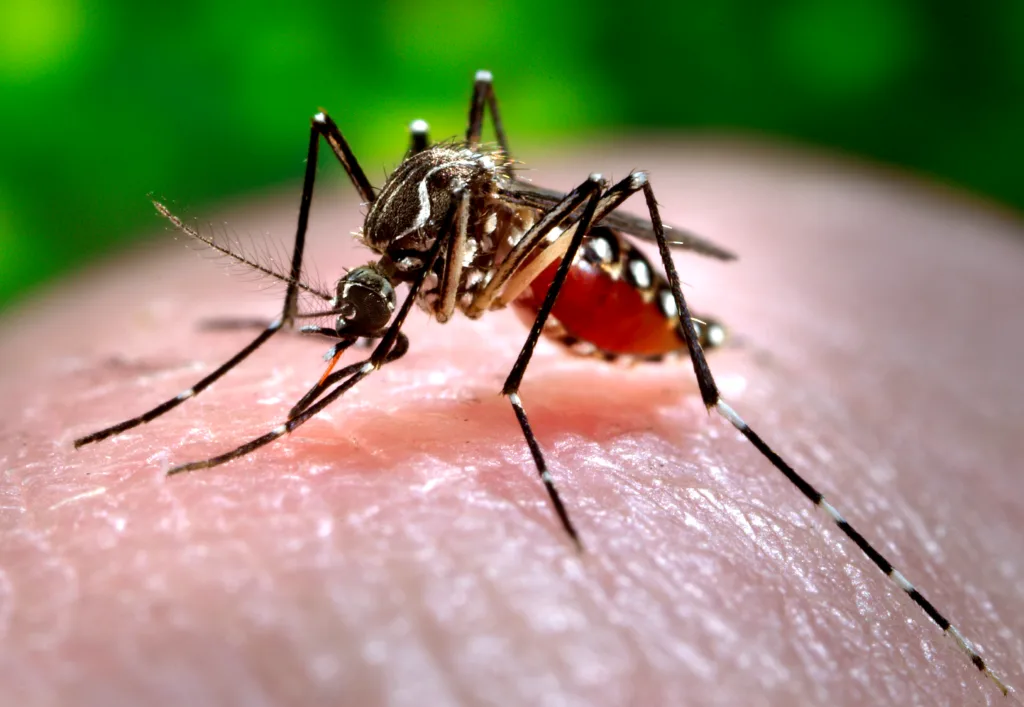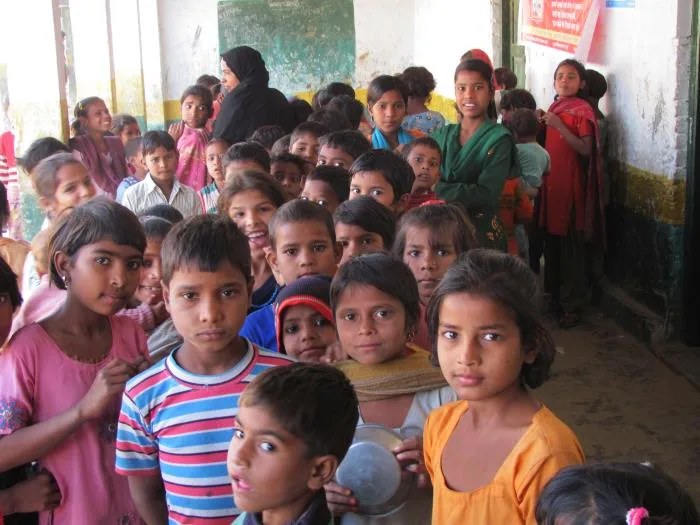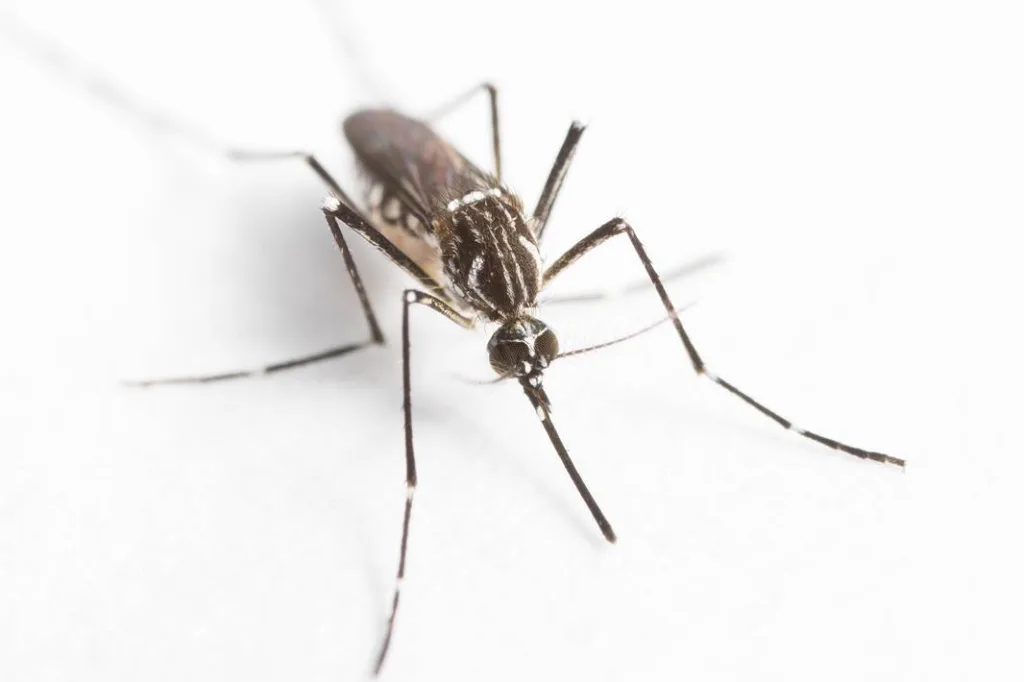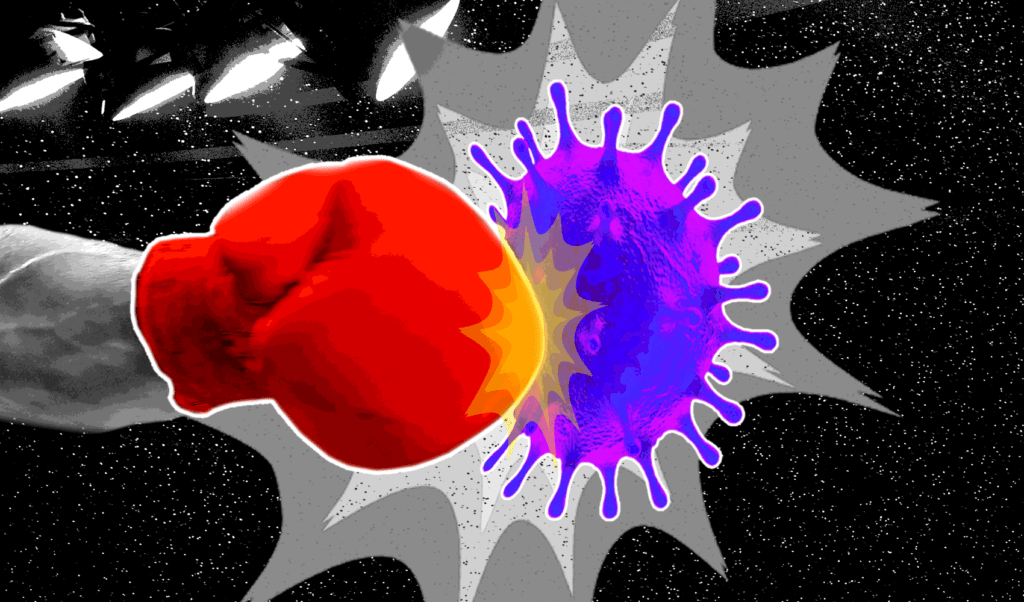Tuberculosis is one of the world's most deadly infectious diseases — but the COVID-19 pandemic dramatically slowed efforts to eliminate it.
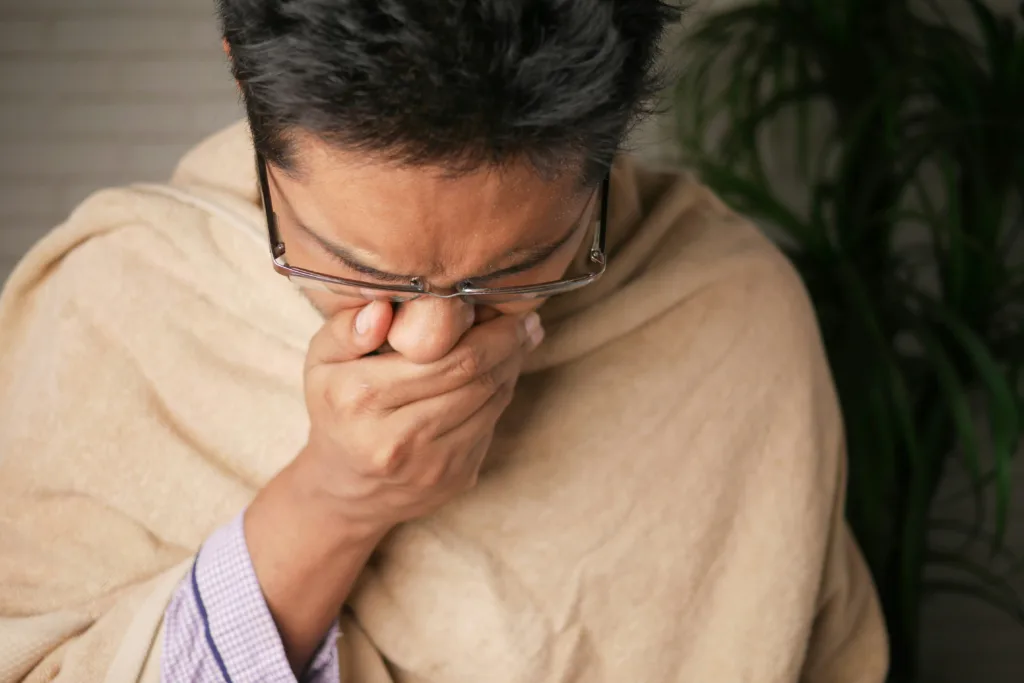 Scientists say COVID-19 has reversed two decades of progress in the fight against TB — a significant setback from which it will take at least five years to recover. : Unsplash: Towfiqu barbhuiya Free to use
Scientists say COVID-19 has reversed two decades of progress in the fight against TB — a significant setback from which it will take at least five years to recover. : Unsplash: Towfiqu barbhuiya Free to use
Tuberculosis is one of the world’s most deadly infectious diseases — but the COVID-19 pandemic dramatically slowed efforts to eliminate it.
Tuberculosis is the world’s most deadly infectious disease. But lofty global plans to stamp out this global killer by 2030 were dramatically slowed by the COVID-19 pandemic.
When COVID struck, the world swiftly responded, pouring unimaginable amounts of money into the development of new drugs and vaccines. In stark contrast, tuberculosis (TB) has persisted for centuries, yet many people in the developed world remain largely unaware of it, and vaccine development has received little attention.
A new push for action, brought on by rising case numbers around the world, could finally make a difference in the fight against TB — but only if that commitment is sustained.
In 2021, global deaths from TB increased for the first time in almost a decade: the disease claimed 1.5 million lives that year, up from 1.4 million in 2020 and 1.2 million in 2019. Lockdowns, disruptions in healthcare, and the redirection of resources hampered active case finding, diagnosis and treatment, reversing gains made in recent years.
Some experts believe that COVID-19 has reversed two decades of progress in the fight against TB — a significant setback from which it will take at least five years to recover.
A widespread and sometimes silent disease
TB is a preventable and usually curable disease. But it remains staggeringly widespread: almost one-quarter (23 percent) of the world’s population is infected with the TB bacteria.
Many latently infected with TB are unaware they have the disease, as they don’t experience symptoms, which include cough, fever, fatigue and weight loss. But for some, it’s deadly: over the last two centuries, TB has claimed more than a billion lives.
While TB has plagued humanity for thousands of years — with signs of the disease found in Egyptian mummies — the global campaign to eliminate TB dates back to 1882, when German physician Robert Koch provided the evidence that TB is caused by the bacterium Mycobacterium tuberculosis (Mtb).
In the 1900s, national public health campaigns spread across Europe and the United States as the disease remained prevalent. Following the rise of drug-resistant TB strains in the 1980s, the World Health Organization (WHO) issued a declaration of a global health emergency in 1993.
The campaign to eradicate TB gained further momentum in 2014 when the WHO launched the post-2015 End TB Strategy in support of the Sustainable Development Goals. The aim was ambitious: a 95 percent reduction in TB deaths by 2035. The strategy called for new treatments, improved diagnostics, increased research investment, universal health coverage and, importantly, an effective vaccine.
Eliminating TB has always been difficult
While progress has been made over the years, the journey towards eliminating TB has been slower than expected and has hit many roadblocks, including the pandemic in 2020 and 2021.
TB deaths declined again in 2022 and 2023 — indicating that post-COVID, the fight against TB was back on in earnest — but the setbacks of 2020 and 2021 have taken a toll. If the current trajectory persists until 2050, it is estimated that TB could bring more than 27 million deaths and economic losses exceeding USD$13 trillion.
Several key barriers to stamping out TB remain.
First, the bacterium causing TB, Mtb, has developed sophisticated defences to evade the immune response, allowing it to remain dormant within the human body, particularly the lungs, for decades. About 90 percent of infected people will never develop active disease. This is known as latent TB infection (or LTBI), and it makes TB even more challenging to diagnose and treat.
As well as being complex, TB diagnosis is also not always accurate. The disease can be present in several forms — latent infection, subclinical disease and active disease.
Each form requires different tests to diagnose.
Subclinical TB can be identified only by looking for abnormalities detectable by rare, ultra-sensitive tools. This is further complicated by resource limitations in low- to middle-income countries, often contributing to underdiagnosis and uncontrolled transmission.
An additional challenge: treating TB involves six to 12 months of antibiotic therapy. This poses a substantial financial strain on healthcare services, especially in developing nations, as well as on patients in countries where out-of-pocket costs are involved.
Poor adherence often results in antimicrobial resistance. Mtb ranks among the most multi-drug resistant bacteria.
Drug resistance is an alarming obstacle to TB prevention and treatment, making treatment of the disease harder and longer. Treatment of multidrug-resistant TB (MDR-TB) is complicated. It can take up to two years and requires hospitalisation. It’s also expensive. Treating the most drug-resistant form of the disease in the US, for example, can cost USD$568,000, excluding productivity costs such as lost income.
Extensive and totally drug resistant Mtb strains have also been reported, highlighting the magnitude of drug resistance in TB infections. Papua New Guinea, Australia’s closest neighbour, has one of the highest rates of MDR-TB in the world — and while Australia reports low rates of these strains, their introduction into Australia is a national health security risk.
Finally, the only licensed vaccine for the disease, Bacille Calmette Guérin (BCG), introduced in 1921, is not perfect. While it prevents severe forms of TB in children and has already been given to over four billion infants, its efficacy against pulmonary TB in adults is limited.
This hundred-year-old vaccine requires a better successor to prevent TB disease and stop the transmission cycle.
Challenges in TB research
Research on TB is slow and logistically challenging compared with other infectious agents.
It not only requires specialist laboratories and highly trained personnel, but also faces the hurdle of the bacteria’s slow growth. Unlike most pathogenic bacteria that can be cultured in the laboratory within 24 hours, Mtb usually takes as long as four weeks to grow, meaning experiments are naturally more time-consuming and expensive.
In today’s fast-paced and output-driven academic environment, only a handful of scientists are willing to make TB their primary research focus.
Compounding the issue is the pharmaceutical industry’s limited interest in TB. Clinical trials for TB vaccines, known for their prolonged and costly nature, discourage the active engagement of the key industry stakeholders.
As of January 2024, there were only 17 TB vaccine candidates listed in the active clinical trial pipeline. This is in stark contrast to the rapid and extensive development of vaccines seen during the COVID-19 pandemic. By November 2020, barely 12 months after the disease’s discovery, there were already 48 COVID vaccine candidates undergoing clinical trials on humans.
Reigniting the fight
The world seems to be awakening to the urgency.
The Global Plan to End TB 2023-2030, released by the StopTB Partnership, calls for significant investment and action to end TB as a public health challenge by 2030.
In September 2023, at the second United Nations high-level meeting on TB, world leaders adopted a declaration for a renewed pledge to end the TB epidemic. As part of this pledge, the world committed to provide USD$5 billion of annual funding for TB research by 2027.
If honoured, this financial support may offer real hope, reigniting the fight against TB and enabling researchers to carry on the battle initiated by Robert Koch 142 years ago against one of humanity’s oldest adversaries.
Andreas Kupz is an NHMRC Investigator and Associate Professor. He leads the Tuberculosis Vaccinology Group at the Australian Institute of Tropical Health and Medicine, James Cook University. Andreas studied biology at Humboldt-University in Berlin and completed a PhD in microbiology and immunology at the University of Melbourne. He performed his postdoctoral training at the Max-Planck Institute for Infection Biology. His research focuses on interactions between Mycobacterium tuberculosis and the host immune system and their implications for the development of new TB vaccines, including in the context of immunosuppression.
Dr Harindra Sathkumara works as a postdoctoral researcher in the Tuberculosis Vaccinology Group at the Australian Institute of Tropical Health and Medicine (AITHM), James Cook University. Harindra completed his undergraduate studies in Biomedical Science at the University of Greenwich, UK and obtained his PhD in infectious diseases and immunology at AITHM, James Cook University, under the supervision of A/Prof Andreas Kupz. With a strong background in immunology and infectious diseases, his ongoing research focuses on understanding complex immune mechanisms underlying vaccine-induced protection and tuberculosis infections, particularly in immunocompromised hosts.
Originally published under Creative Commons by 360info™.


